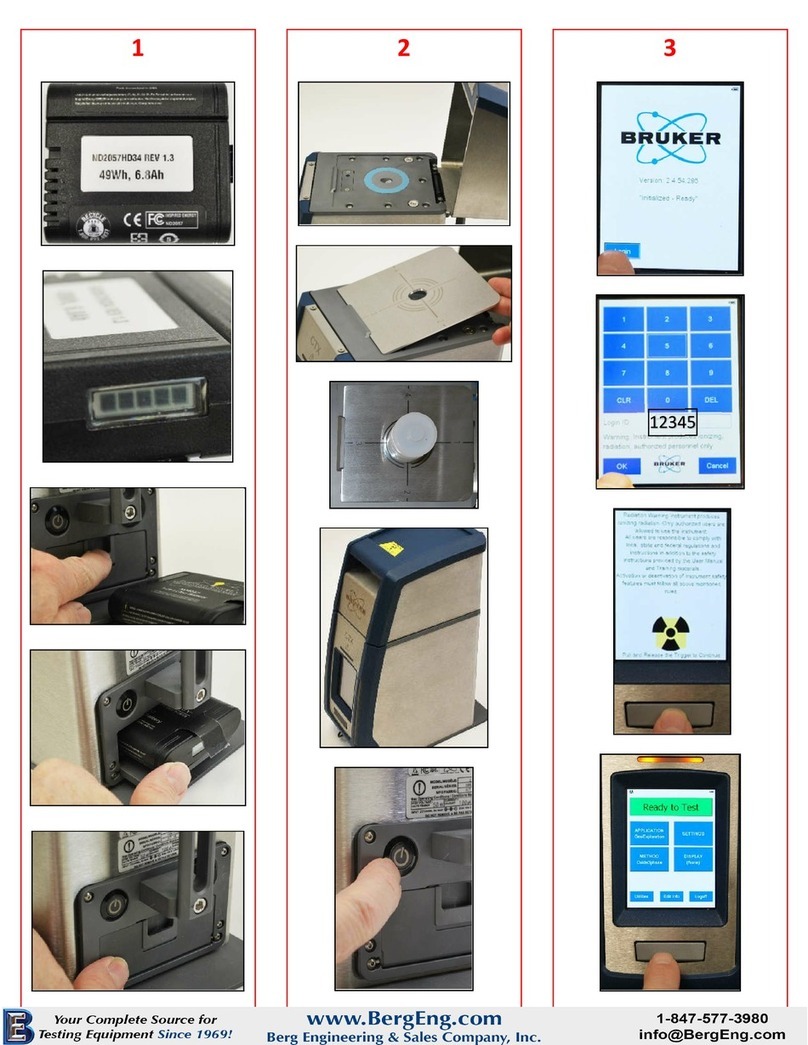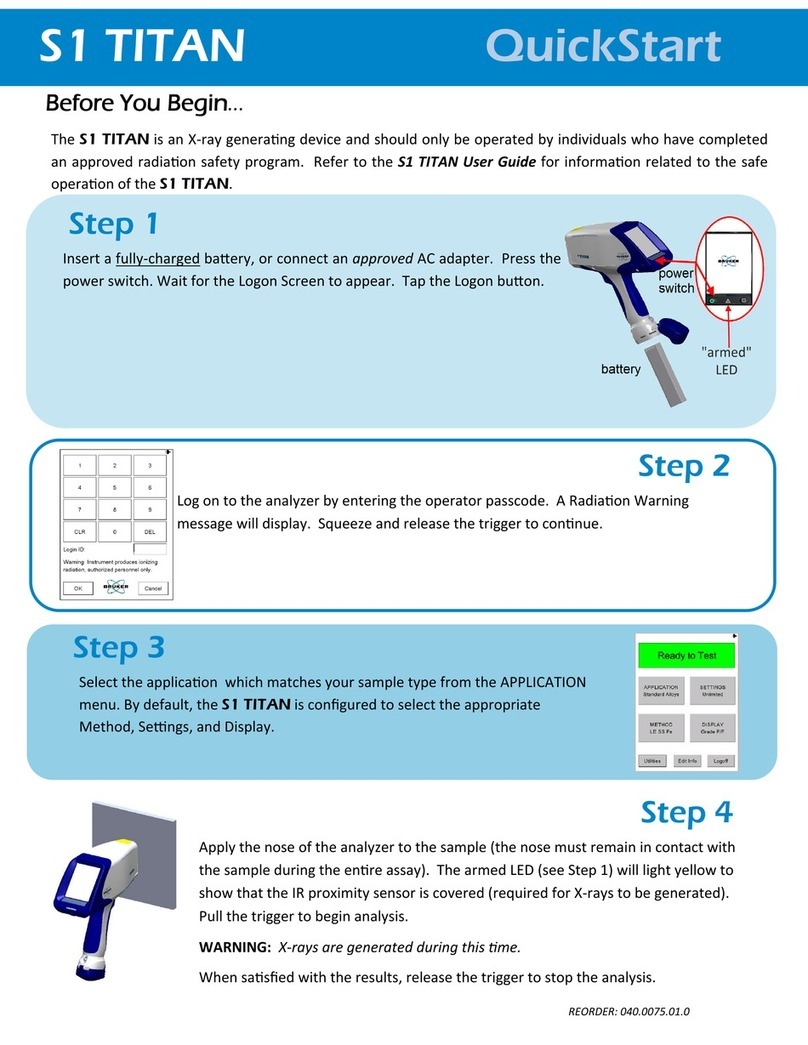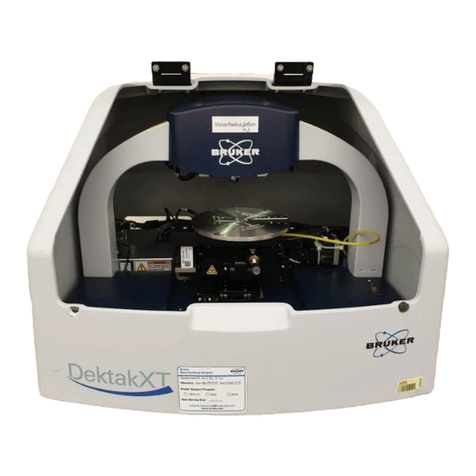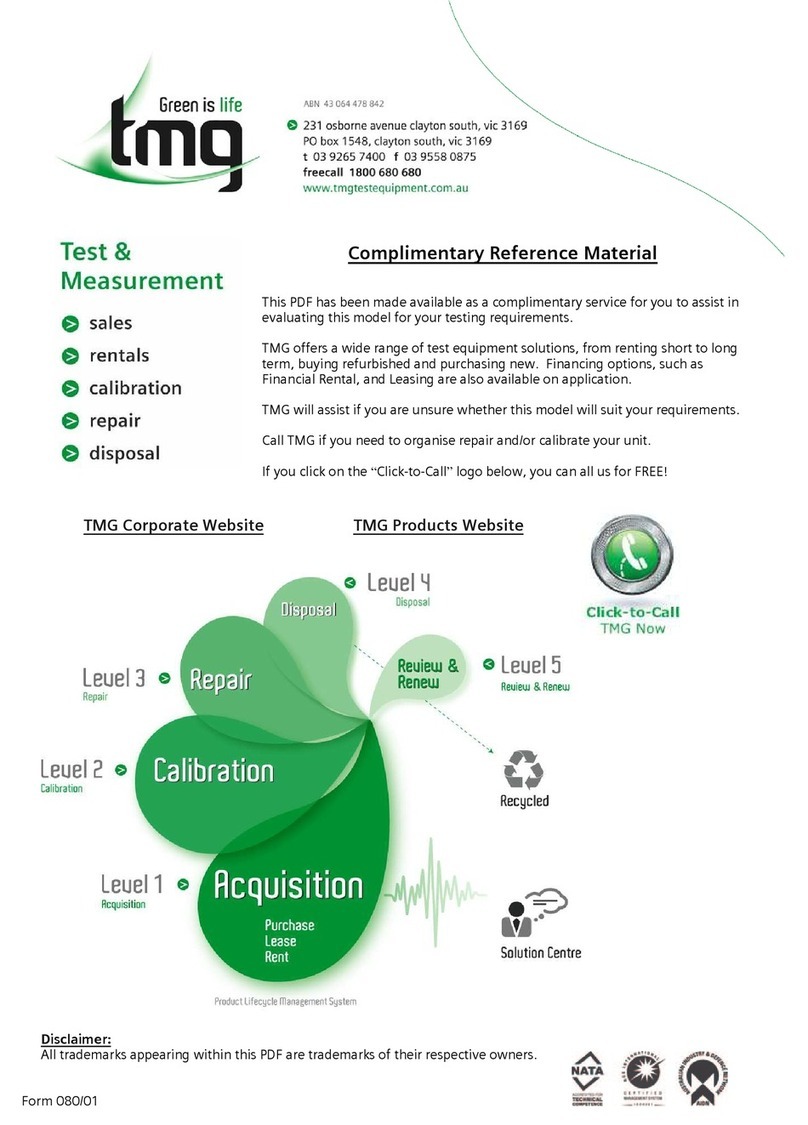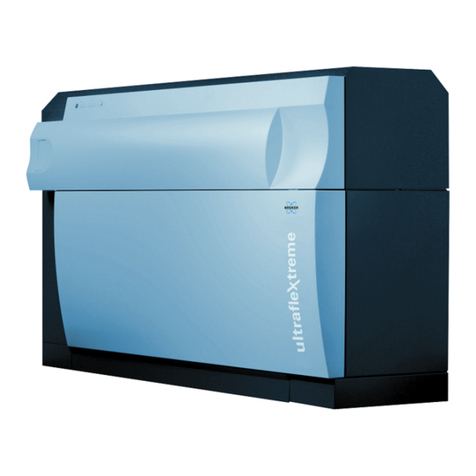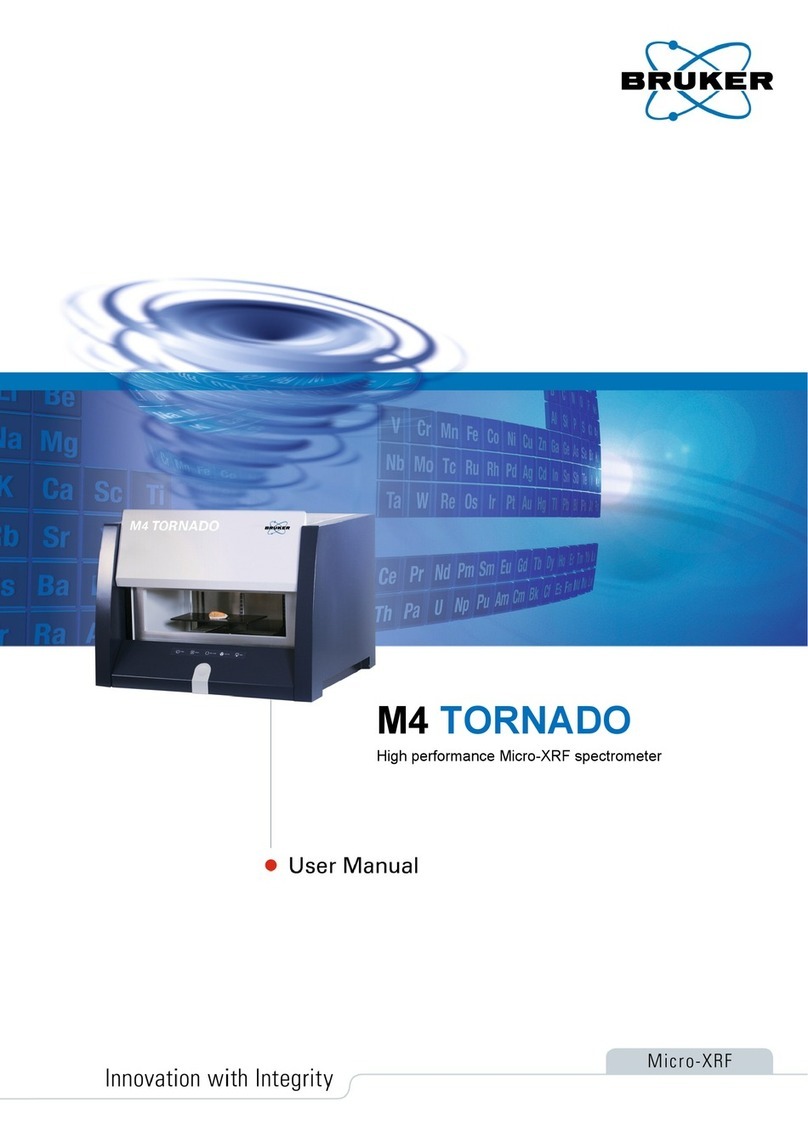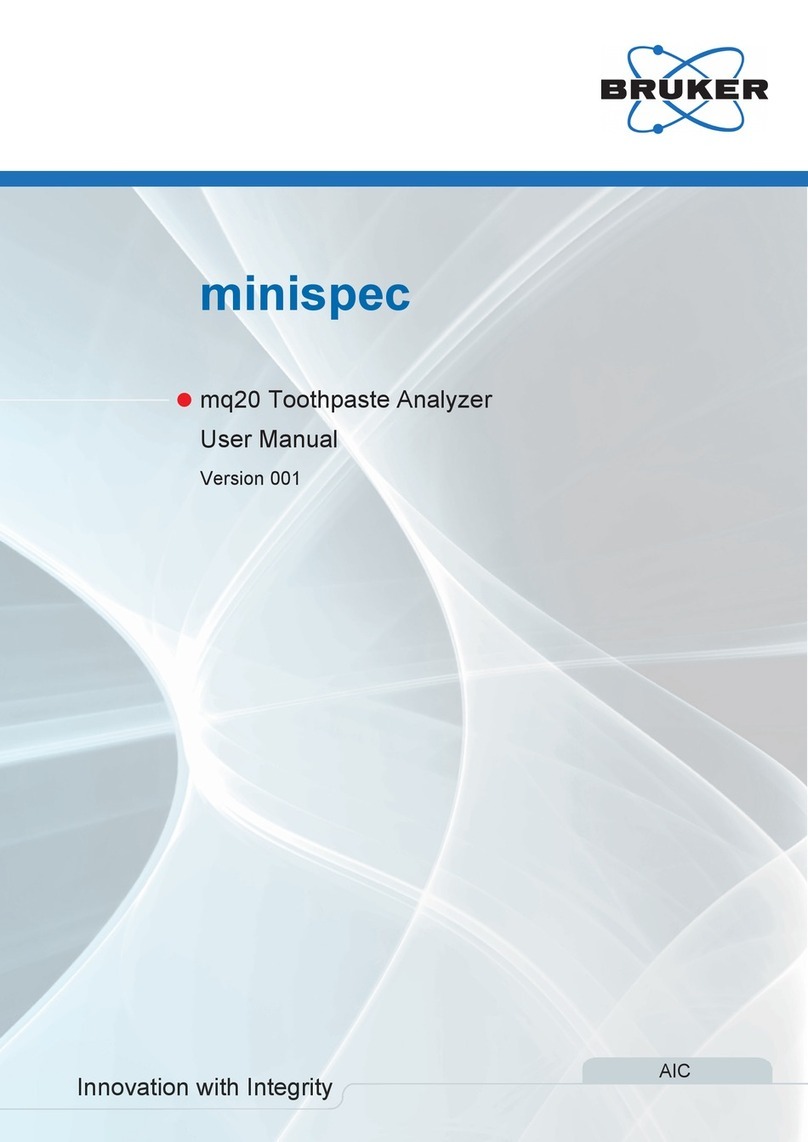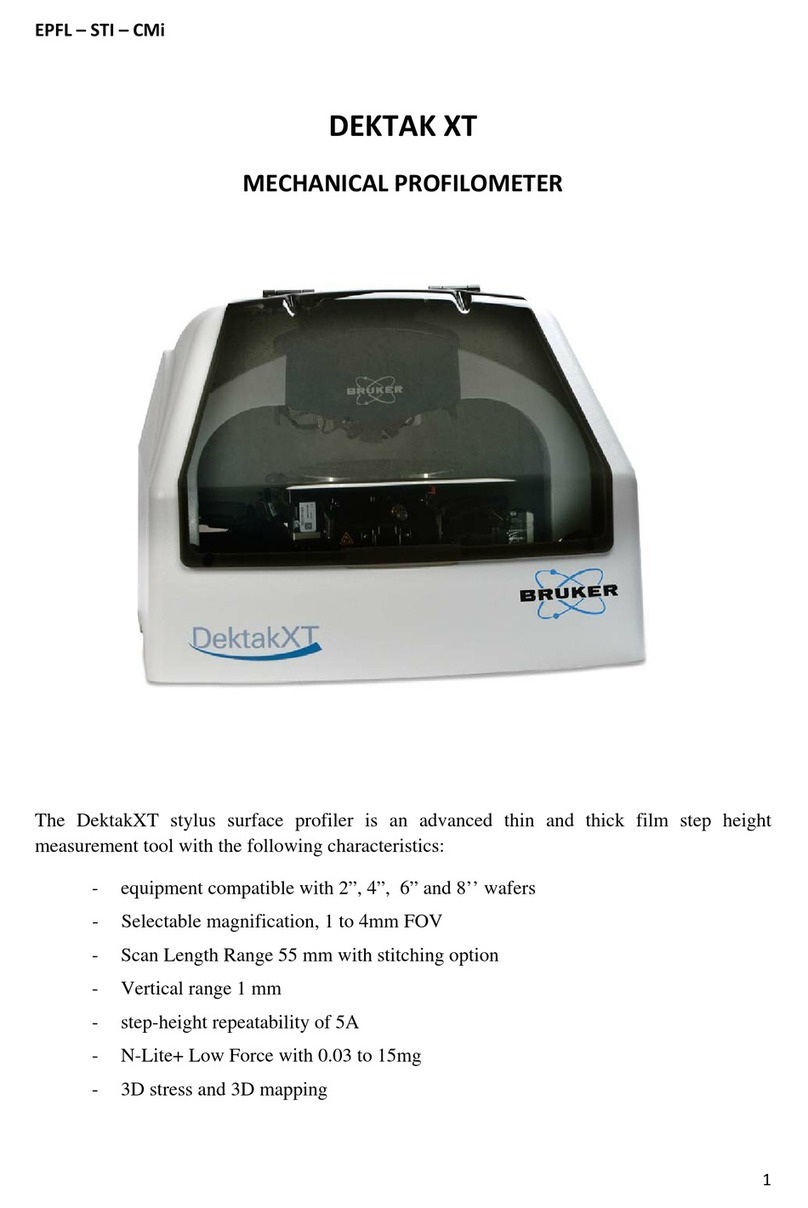
Contents
E164809_2_002 iii
Contents
1 Introduction.........................................................................................................................................5
1.1 Policy Statement .................................................................................................................7
2 Safety...................................................................................................................................................9
2.1 Intended Use.......................................................................................................................9
2.2 Qualified Personnel.............................................................................................................9
2.3 Correct Usage.....................................................................................................................9
2.4 General Workplace Dangers.............................................................................................10
2.4.1 Lifting Safety .....................................................................................................................10
2.4.2 Safety When Working with Glassware..............................................................................10
2.5 Dangers from Electrical Power .........................................................................................11
2.6 Dangers from Magnetic Fields ..........................................................................................12
2.6.1 Example Stray Field Plots.................................................................................................12
3 Transport, Packaging and Storage .................................................................................................15
3.1 Symbols on the Packaging ...............................................................................................15
3.2 Inspection at Delivery........................................................................................................16
3.3 Packaging .........................................................................................................................16
3.4 Storage .............................................................................................................................17
4 Design and Function ........................................................................................................................19
4.1 Brief Description................................................................................................................19
4.2 Unit Description.................................................................................................................19
4.3 Movable Working Table (Cart) ..........................................................................................20
5 Installation.........................................................................................................................................21
5.1 Siting Considerations ........................................................................................................21
5.1.1 Environmental Considerations ..........................................................................................21
6 Operation...........................................................................................................................................23
6.1 Turning the Unit On...........................................................................................................23
6.2 minispec Software GUI .....................................................................................................23
6.2.1 Wake-up State of the minspec.exe Software....................................................................23
6.2.2 Changing the Software Configuration ...............................................................................23
6.2.2.1 Selecting Applications and Connections...........................................................................24
6.2.2.2 Changing Analyser Type and Calibration Permission.......................................................24
6.2.3 The minispec Standard Windows .....................................................................................24
6.2.3.1 The Signal Window ...........................................................................................................25
6.2.3.2 The Results Window .........................................................................................................25
6.2.3.3 The Spreadsheet Window.................................................................................................25
6.2.4 minispec.exe Menu Functions ..........................................................................................26
6.2.4.1 The Bars ...........................................................................................................................26
6.2.4.2 The File Menu ...................................................................................................................27
6.2.4.3 The Edit Menu...................................................................................................................31
6.2.4.4 The minispec Menu...........................................................................................................32
6.2.4.5 The Measurement Menu...................................................................................................35
